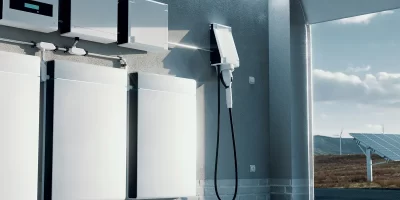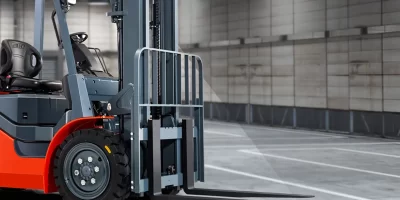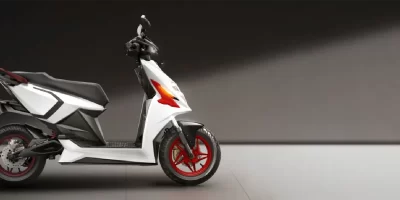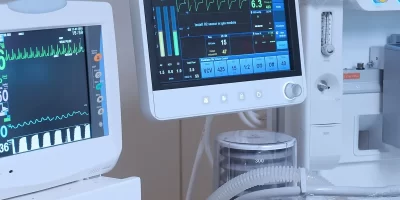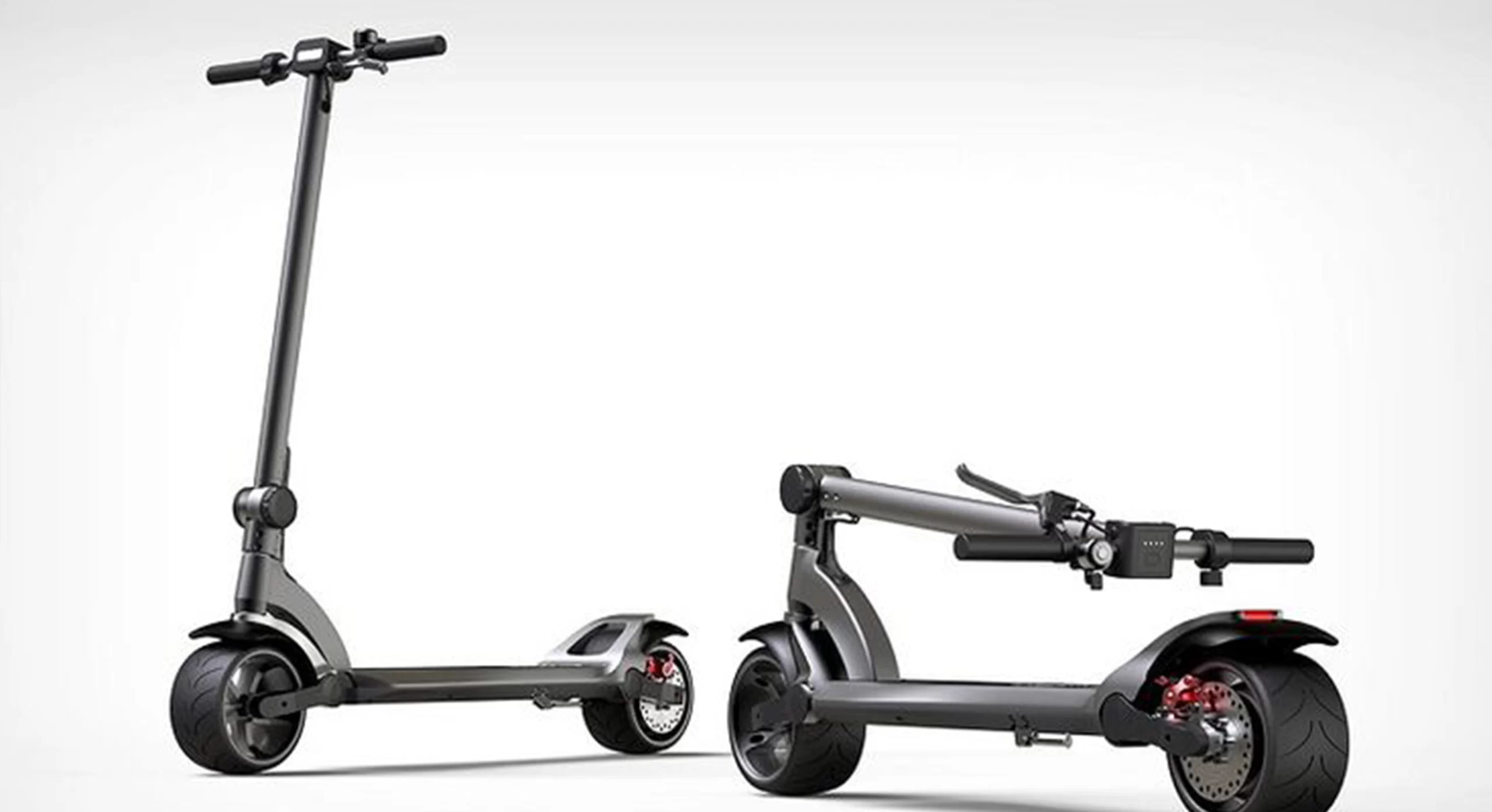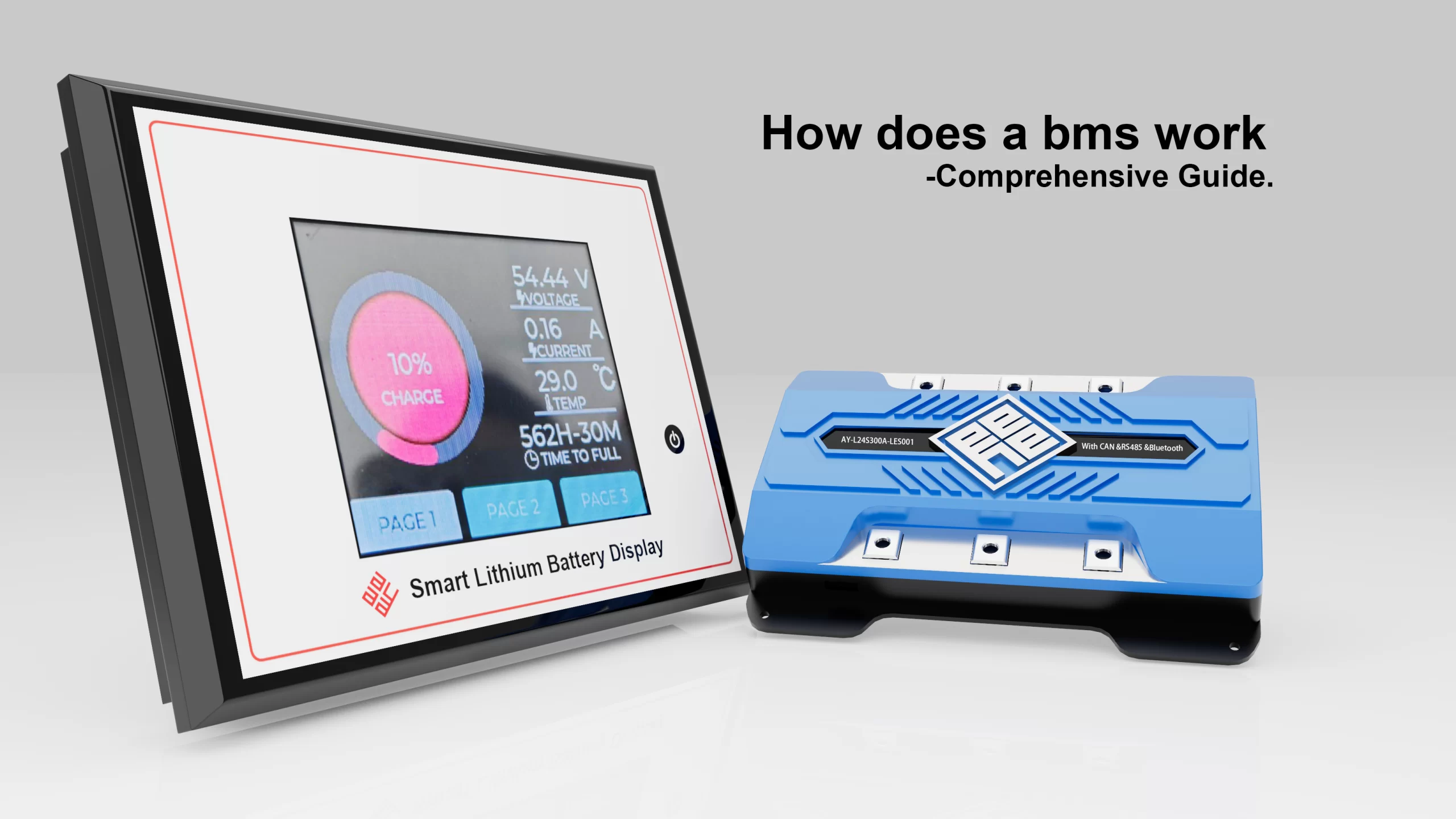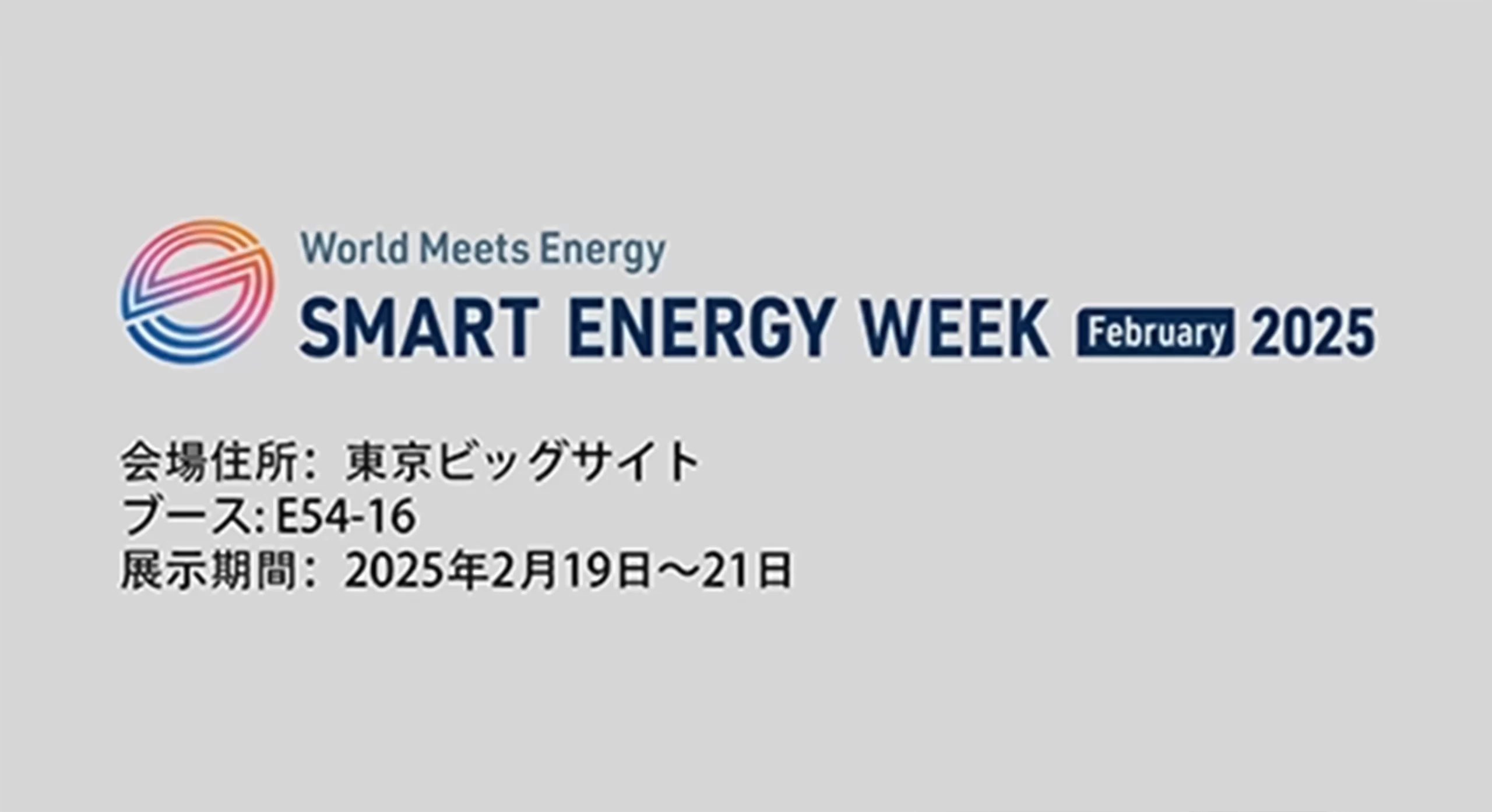Home About Us EVENTS & NEWS Battery Manufacturing Process and Line Design Guide
Battery Manufacturing Process and Line Design Guide
A Guide to Line Design and Battery Manufacturing Process
In the technologically advanced world of today, battery manufacturing is a complex and vital process.
The need for battery production systems that are cheaper, more sustainable, and efficient will keep growing as technology improves.
We will cover the main steps, the importance of automation, and the future of the industry.
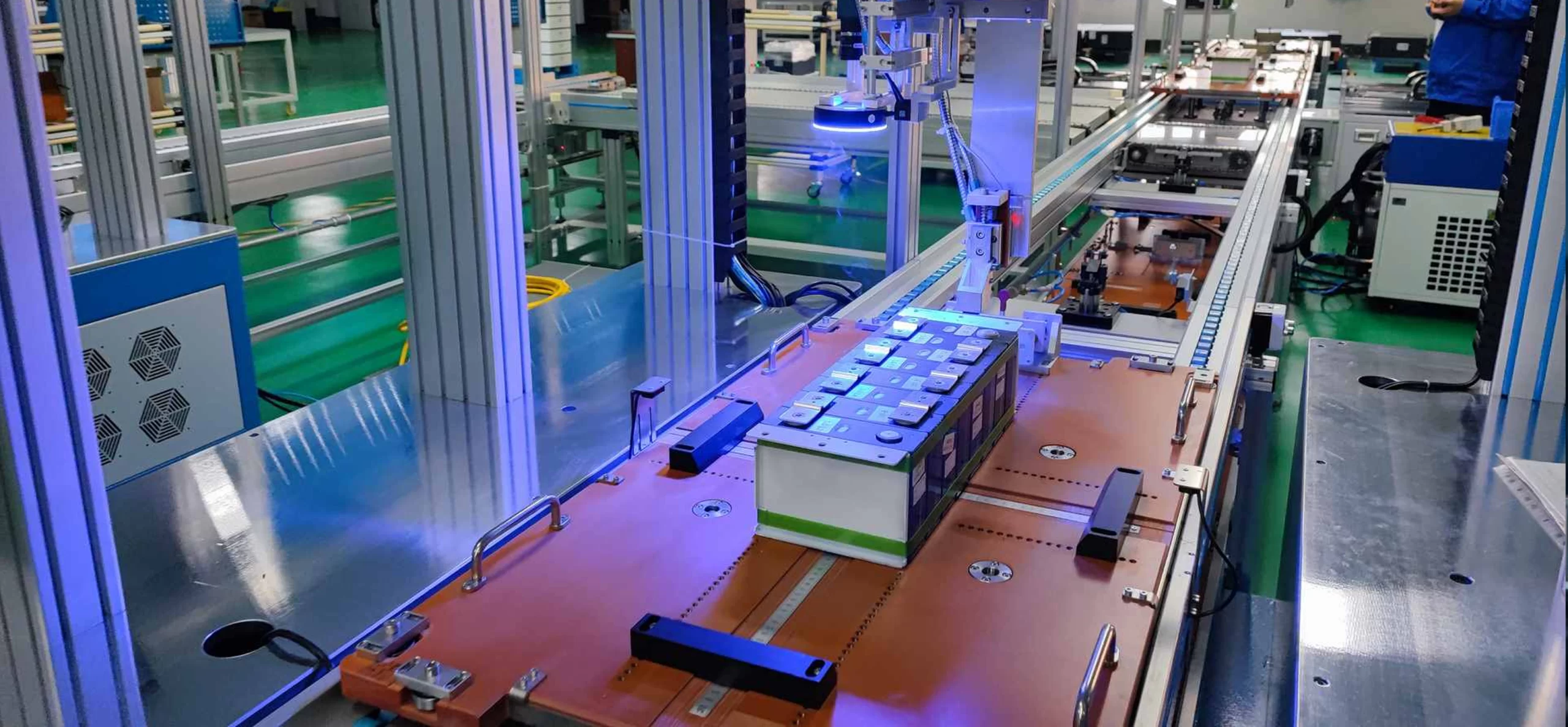
What is Battery Manufacturing?
Battery manufacturing is the process of making batteries. It starts with raw materials and ends with finished products. These batteries have many different uses.
Sources of raw materials, electrode preparation, battery assembly, and testing are some of the steps in the process.
The equipment, manufacturing technology, and quality control procedures required for different battery types—such as solid-state, lead-acid, and lithium-ion batteries—vary.
The production of batteries is essential and supplies energy to many different industries. Battery sustainability, efficiency, and dependability directly impact device and system performance.
In the global energy market, battery manufacturing is becoming more important. This is because of the rise of electric vehicles and renewable energy storage.

Important Procedures in the Production of Batteries
1. Preparation of Raw Materials
Buying and getting ready raw materials like lithium, cobalt, nickel, and graphite is the first step in making batteries.
These substances are necessary to make the electrodes, which are central to battery technology. The efficiency and longevity of the finished battery depend heavily on the careful sourcing and refinement of these materials.
2. Production of Electrodes
A crucial stage in the creation of batteries is the electrode.
In this step, we mix conductive additives and binders with active materials like cobalt and lithium. This creates the anodes and cathodes.
To prepare them for assembly, we subsequently cover these electrodes with metal foil and allow them to dry.
3. Making Electrolytes
The medium that makes it easier for ions to move between the anode and cathode is called the electrolyte.
To guarantee optimum performance and safety during battery manufacturing, the electrolyte needs to be properly prepared.
Lithium salts and solvents are some of the chemicals mixed in this process. They create the needed conductive medium.
4. The Assembly of Cells
Assembling the electrodes and electrolyte into cells is the next stage in the battery manufacturing process.
During the cell assembly process, workers stack or wind the anode and cathode materials with separators in between.
This creates the fundamental structure of the battery cell, and then a protective shell encloses it.
5. Establishment and Evaluation
After assembly, the battery cells undergo a formation process. During this process, someone charges and discharges them carefully.
This ensures their capacity and performance meet the required standards.
To make sure every battery is safe and works well, testing is important. Quality control is also a key step in battery production.
Important Technologies for the Production of Batteries
1.Battery Manufacturing Automation
To make high-quality batteries in large amounts, manufacturers need automation in the battery-making process.
Robotic systems increase efficiency and consistency while lowering human error in the production of electrodes, cell assembly, and testing.
Additionally, automated systems improve quality control by enabling real-time battery production monitoring.
2. Systems for Battery Management (BMS)
Maintaining the performance and safety of batteries requires a battery management system (BMS).
Battery manufacturers effectively manage charge and discharge cycles by integrating a BMS.
To avoid problems like overcharging or overheating, the BMS monitors key factors such as voltage, temperature, and current.
To guarantee the durability and security of the finished product, a well-designed BMS is necessary.
3S-5S 200A BMS for Energy Storage
3.Optimization of Energy
Energy efficiency is a key concern in battery manufacturing. By reducing costs, improving energy use in production meets the rising need for eco-friendly methods.
This can be accomplished through the use of energy-efficient machinery, enhanced production processes, and, when practical, energy recycling.
Quality Control’s Function in Battery Manufacturing
An integral component of battery manufacturing is quality control. The battery’s longevity, safety, and performance are all directly impacted by the integrity of its constituent parts.
Manufacturers must follow strict quality control procedures at every stage of production. This includes sourcing raw materials and doing final testing.
Here are a few typical quality control procedures:
Visual Inspection: Ensuring that there are no obvious flaws in the components.
Electrical Testing: Verifying that every battery cell satisfies its requirements for voltage, capacity, and resistance.
Safety Testing: Confirming that severe circumstances like overcharging, overheating, or short circuits won’t cause the battery to fail.
Technologies and Equipment Used in Battery Manufacturing
Choosing the appropriate machinery is essential for producing batteries effectively. Electrolyte filling, cell assembly, and electrode production all require sophisticated equipment and tools. The following are some essential pieces of machinery used in battery manufacturing:
Roll-to-Roll Machines: For applying active materials to electrode coatings.
Robotic Arms: For precisely putting together battery components.
Formation Chargers: For cell calibration and testing following assembly.
Environmental Chambers: For putting cells through different stress tests, such as exposure to high temperatures.
Incorporating these tools into the battery manufacturing process ensures high throughput and consistent quality.
Safety and Environmental Aspects of Battery Manufacturing
Safety and environmental considerations are crucial in battery manufacturing.
Pressure is mounting on the sector to embrace green manufacturing techniques that reduce waste and dangerous emissions.
Many manufacturers are now making sure that their factories adhere to environmental regulations and producing batteries using recyclable materials.
Because the manufacturing of batteries uses dangerous and flammable materials, safety is also a top priority.
Employee training to handle potentially hazardous chemicals and materials, adequate ventilation, and fire safety systems are all necessary to ensure worker safety.
The Prospects for Battery Manufacturing
The industry that makes batteries is about to undergo a major change.
Developments in recycling technologies, solid-state battery popularity, and automation will shape the industry’s future.
Battery manufacturing will keep changing to satisfy the growing demand for batteries in consumer electronics, renewable energy storage, and electric vehicles.
To stay competitive in a more global market, manufacturers must focus on cost-effectiveness, sustainability, and innovation.
Leading the Way in Battery Manufacturing with Ayaa Tech
At Ayaa Tech, we specialize in offering cutting-edge battery manufacturing solutions. Our clients can count on reliable, high-quality products that meet industry standards.
This is because of our extensive experience in automation, quality control, and battery management systems (BMS).
No matter your industry, we can help you improve battery production. This includes consumer electronics, renewable energy, and electric vehicles. Our solutions make building batteries easier and quicker.
If you have any questions or would like more information, please email us at ayaa@ayaatech.com.
Contact Us
SHARE
News Recommend
-
How does AYAATECH BMS work in E-scooters
01/16/2025


